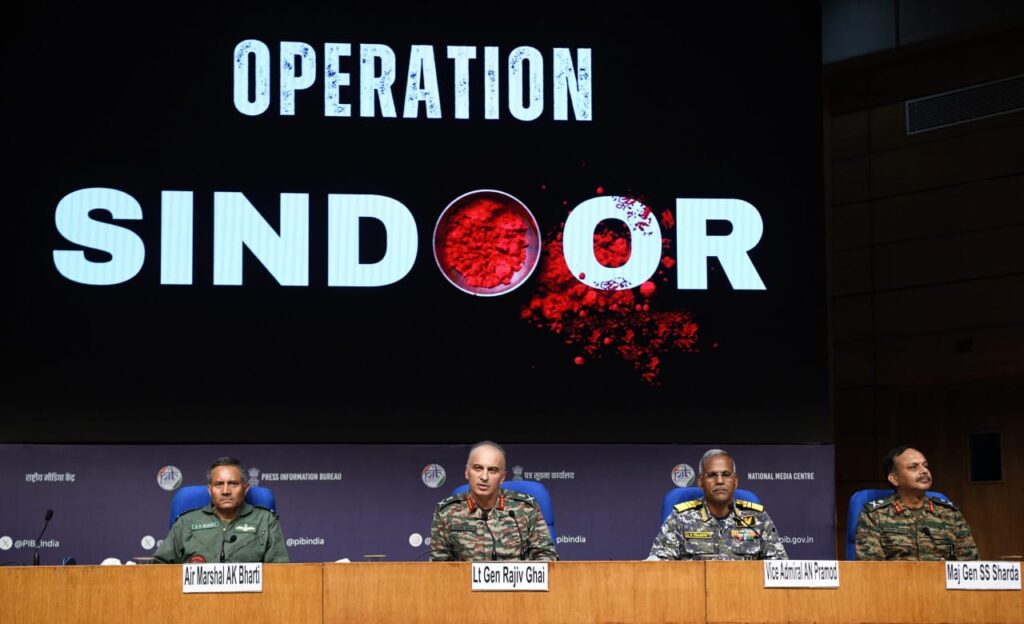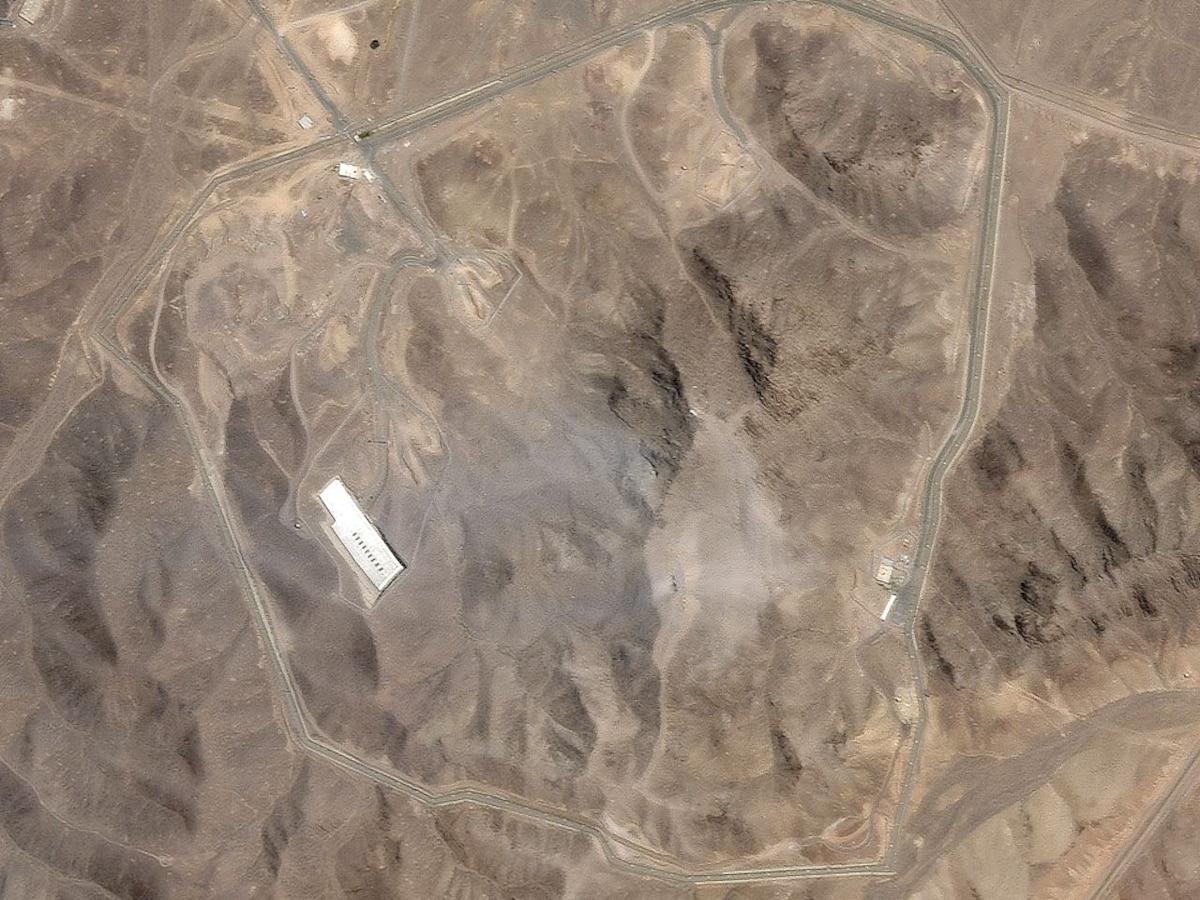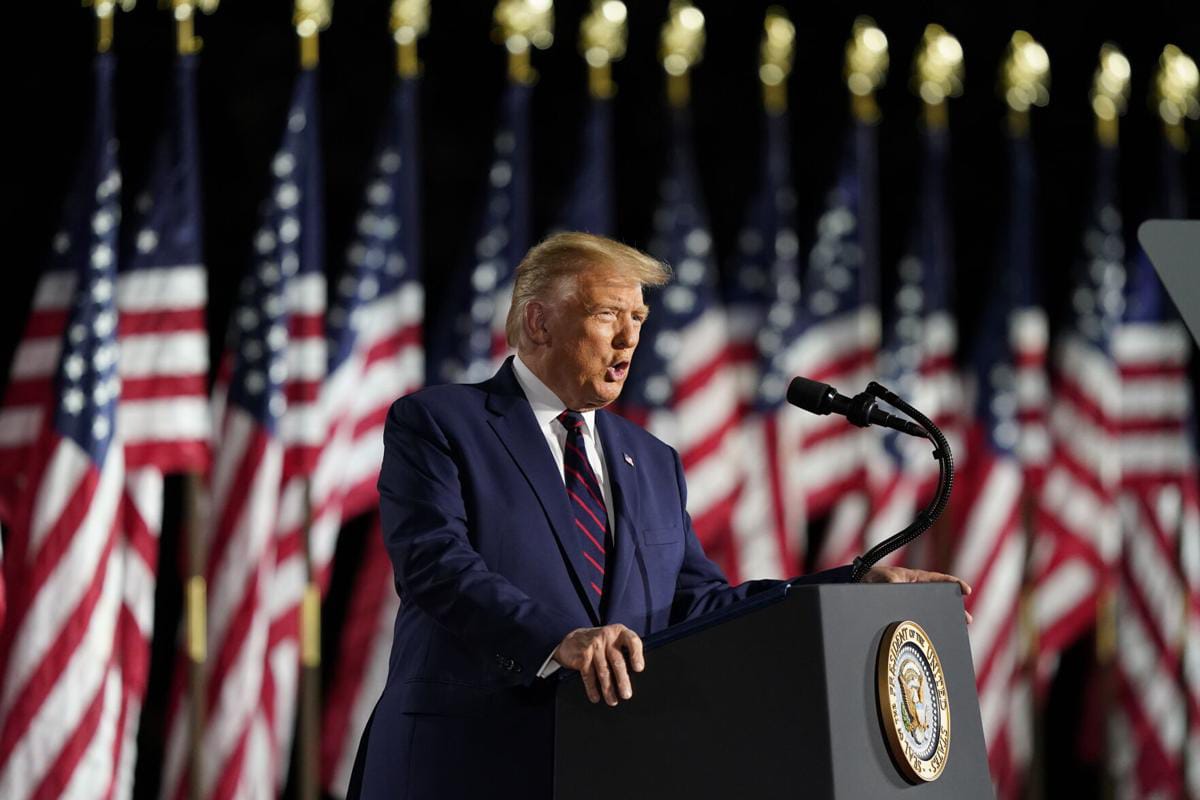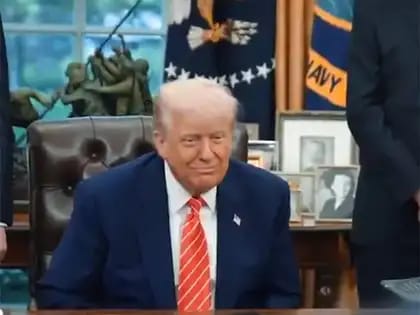
Today’s best update, it all started with a silent statement from an Indian defence attaché in Jakarta. India lost an aircraft during a cross-border military operation codenamed “Op Sindoor” – and the officer suggested that the Indian Air Force (IAF) was unable to target Pakistani military installations due to political constraints. This was not a rumour or a claim from an unknown source. This came from a serving naval captain representing India abroad. But here’s where things get more complicated.
The Indian government quickly distanced itself from those comments, insisting that they were taken “out of context”. The Indian embassy in Indonesia reaffirmed that India’s armed forces operate under strict civilian leadership, which underpins the country’s democratic structure.
All the points in this post
What Was Operation Sindoor?
To understand Operation Sindoor, you have to go back to the terror attack that took place in Pahalgam, Jammu and Kashmir, in April 2025. Intelligence had identified Pakistan-based terror groups as the masterminds, and the clamor for revenge was immediate and deafening. But this time, something was different. The response would be more covert, more surgical and, crucially, more politically calculated. Government directives, targeting only terrorists According to sources, when Operation Sindoor was authorised, the political directive was very specific—targeting only the terrorist infrastructure.
India wanted to avoid starting a full-scale war. By limiting the response to non-state forces, New Delhi aimed to signal resolve without crossing the line into international provocation.
The Defence Attaché’s Jakarta Revelation
On June 10, 2025, an incident that seemed purely academic captured global attention. Indian Navy Captain Shiv Kumar was the guest speaker at India’s defense attaché in Indonesia. Addressing a room of foreign military officers and defense analysts, he explained that Indian aircraft were lost during Operation Sindoor because they were not allowed to hit enemy air-defense positions. “If there were no political obstacles, we would have attacked the radars first. But we were just told to go to the terrorist camps. Some of our aircraft did not return.”
Think about it – sending fighter jets into enemy airspace without neutralizing air defense systems is like sending soldiers into the battlefield without body armor. It’s not just dangerous – it’s tactically flawed. Kumar’s claim hints at a doctrine-versus-politics conflict. While the military preferred to conduct suppression of enemy air defenses (SEAD) operations first, the political leadership complained that they were firm, not attacking the Pakistani military.
Anatomy of the Claimed Jet Losses
Let’s go back to the original phrase, said Captain Shiv Kumar. Kumar said “For political reasons, we were not allowed to destroy the enemy’s radar installations. So our planes had to fly through the radar zone and that resulted in casualties.” He did not say how many jets were lost. But if the political leadership takes that step, then the pilots are left unprepared and overexposed. This could result in aircraft losses—not because of poor planning by the Air Force, but because of disobeying orders that they were not allowed to disobey.
Border air operations to begin on May 7.
On the night of May 7, 2025, India carried out precision strikes on suspected terrorist hideouts in Pakistan-occupied Kashmir and across the Line of Control. That night, Pakistani media reported that it had shot down at least two Indian aircraft, although Indian officials refused to confirm or deny the claim. This reinforces the idea that Operation Indus began with a limited doctrine, which could have jeopardized operational success.

Why the Reticence on Military Targets?
Like most democracies, India has a very clear framework for military authority. The argument is that military power, if unchecked, can become a threat to civilian institutions. In the case of Op Sindoor, this meant that the IAF could not strike Pakistani radars or air bases even if it wanted to – unless the government gave a clear green light. And as it turns out, that green light never came. India was not just playing a military game, it was also playing a geopolitical tug-of-war.
The problem with restraint on the battlefield is that it is most effective when the adversary plays by the rules. If the adversary is hiding behind military cover, or if they exploit your restraint, you are already at a disadvantage. The argument that India’s political caution could lead to loss of life and property is one that critics are now making.
Indian Government Pushback
The Indian government immediately began damage control after the Jakarta seminar made headlines. Digging deeper, one has to realize that defence attaches are not just random military officers posted abroad. They are carefully selected representatives who act as military-diplomatic liaisons between India and the host countries of the event. They carry the burden of state on their shoulders and their public statements are seen as quasi-official statements.
According to sources in the defence ministry, there was internal discontent with Kumar’s comments. According to some reports, he may have to face a probe, or at least a formal debriefing, for speaking against protocol. After all, military officers are expected to be apolitical in public – even if they disagree with political constraints in private.
Opposition Reaction
The Congress demanded transparency, sparking a political backlash in the country. The Indian National Congress, along with several opposition parties, supported Captain Kumar’s statement questioning the Modi government’s handling of Operation Sindoor. The Congress party’s official Twitter handle, X, posted that if the army was prevented from acting independently and aircraft were lost as a result, the nation deserves answers. We demand full disclosure.” Prominent Congress leaders Rahul Gandhi and Jairam Ramesh called for an urgent all-party meeting. They argued that election leaks and damage control should not overshadow national security.
They demanded that the government should disclose the details of Operation Sindoor, especially the damage and restrictions on aircraft, and make operational briefings public. Soon after the debate began, a heated debate broke out in Parliament. Defence Minister Rajnath Singh, under pressure from various parties, made a brief statement reiterating full confidence in the armed forces.
Military’s Position: CDS & Navy Chief
CDS Anil Chauhan, As the war casualties storm reached its peak, top officers of the Indian armed forces came forward to present their own statements. Chief of Defence Staff (CDS) General Anil Chauhan gave a solemn speech at a press conference, saying, “In any war operation, casualties are inevitable. Our forces operate within strategic constraints, but they are trained to adapt and overcome. What matters is the success of the mission, which has been achieved in this regard.” Navy Chief Admiral R. Hari Kumar also stressed this point at a naval seminar. He suggested that despite initial failures in operations, the forces quickly regrouped and re-established operational dominance.
Yes, we lost some platforms. However, that did not stop the operation. Our subsequent attacks were more precise and the enemy knew that we could reach them anywhere.” His comments were seen as a subtle attempt to protect the honor of the armed forces, while acknowledging the possibility of initial mistakes or limitations. While the lack of transparency continued, speculation persisted despite the overall message of confidence and professionalism from the military leadership. Should the doctrine be re-evaluated if India loses aircraft because the pilots failed to attack first?
Independent & International Accounts
As in most military conflicts between India and Pakistan, the truth is often buried beneath a layer of propaganda, national pride, and strategic posturing. After the Operation Sindh strike on May 7, Pakistan’s Inter-Services Public Relations (ISPR) quickly announced that Pakistani air defenses had shot down two Indian aircraft and that the wreckage had been recovered near the Line of Control (LoC). India has not provided any official confirmation. The Ministry of Defense issued a neutral statement acknowledging that “a routine military operation had taken place” and that “no significant property was damaged.”
Pakistan’s narrative gained renewed credibility after the release of Captain Shiv Kumar’s statement—at least among the media and military observers. Several Pakistani newspapers published editorials celebrating the ability of their air defense systems to repel Indian attacks. Something remarkable happened that night. Whether the jets were lost to enemy fire or a navigational failure due to radar incapability remains a key question.
Think tanks and military analysts in the US, UK and Israel have been quietly studying the story of Operation Sindhu. Several anonymous reports, including Stratfor and Jane’s Defence Weekly, have revealed that Indian aircraft entered deep into Pakistani airspace without first disabling radar systems – an unusual tactic that contradicts India’s previous operational standards, such as Balakot (2019).
Strategic Shift During Sindoor
From terrorist camps to SEAD/DEAD operations, the first phase of the offensive during Operation Sindoor strictly followed political directives and targeted terrorist camps, logistics hubs and training centres believed to be home to militants. High-altitude aircraft such as the Mirage-2000 and Su-30MKI used precision-guided munitions to carry out these strikes. However, in response to international intelligence leaks and rumours of casualties, the IAF is believed to have reconsidered its strategy. The second phase of the operation saw a tactical shift – incorporating Suppression of Enemy Air Defences (SEAD) and Destruction of Enemy Air Defences (DEAD) tactics.
Deployment of munitions by looting Israeli Harop, increased use of decoy drones to evade radar systems, use of electronic warfare suits on Su-30s, use of stand-off weapons that were beyond radar range. Adaptation was swift and ruthless. Former Air Marshal V. According to Sridhar, “After exposing what we were up against in the first round, the IAF did what it does best – it evolved.” The Brahmos attack enabled India to maintain pressure without risking further aircrew casualties.
Impact on Civil‑Military Relations
Re-established Civilian Control If there is one point that the Operation Sindhu episode has made, it is that India’s civilian control over the military remains absolute—for better or for worse. Whatever a retired general or defense attaché may think, political leaders have ultimate authority. This has been interpreted in some quarters as an acknowledgment of democratic principles. On the other hand, India has a rigid command structure, where military leaders execute rather than plan political strategy. Military independence strategy While political leaders set the goals, it is the army’s job to determine how to achieve them. That is the usual doctrine. However, Operation Sindhu seems to have blurred that line.
If the reports are true and the IAF is being told not to strike Pakistani military targets—even radars guarding terrorist bases—then it marks a rare moment where political direction becomes a tactical death sentence. The government may have some reasons—diplomacy, containment, public image—but for the military, the line between politics and the battlefield should remain clearly defined.
Media Narratives & Public Perception
In the age of digital warfare, wars are not fought only in the air – they are fought through timelines, reels and retweets. The aftermath of Operation Sindoor unfolded as horribly online as it did in the conflict zone. As soon as Captain Shiv Kumar’s statement went viral, social media platforms erupted with hashtags like #OpSindoorTruth, #PoliticalConstraint, and #IAFRstricted. Within hours, X (formerly Twitter), Instagram Stories, and even WhatsApp forwards were filled with heated opinions. There were two dominant camps.
But social media rarely allows for nuance. Social media has become a battlefield of its own – where perception can sometimes outweigh the truth. And Operation Sindoor, with its mix of real military danger and political ambiguity, was an ideal source of fire. Any mention of casualties or political constraints was either ignored or dismissed as “anti-national rhetoric.”
Broader Implications for Future Ops
If there is one lesson that Operation Sindh has reinforced, it is the precarious nature of the India-Pakistan balance of power. Both countries are nuclear-armed, deeply distrustful of each other, and driven by complex political realities. India’s use of conventional air power in response to terrorist attacks suggests a more robust doctrine, one in which terrorism will remain unchallenged. Operation Sindh could become a case study in modern military academia – not just for its tactics, but also for the tension between strategic restraint and tactical imperatives. Military commanders cannot afford to be in the dark about whether their next move is politically “acceptable.”
Balancing Strategy and Politics
Although Operation Sindhu has ended, its legacy is only beginning to unfold. What is clear is that civil-military dialogue in India must evolve. It is not about allowing the military to run rampant, but rather, ensuring that those in charge have the flexibility to change, respond and achieve success. And most importantly, this incident should not become just another political football. More than just a laughing stock, the lives of our pilots, the integrity of our military and the credibility of our political system should be respected.






